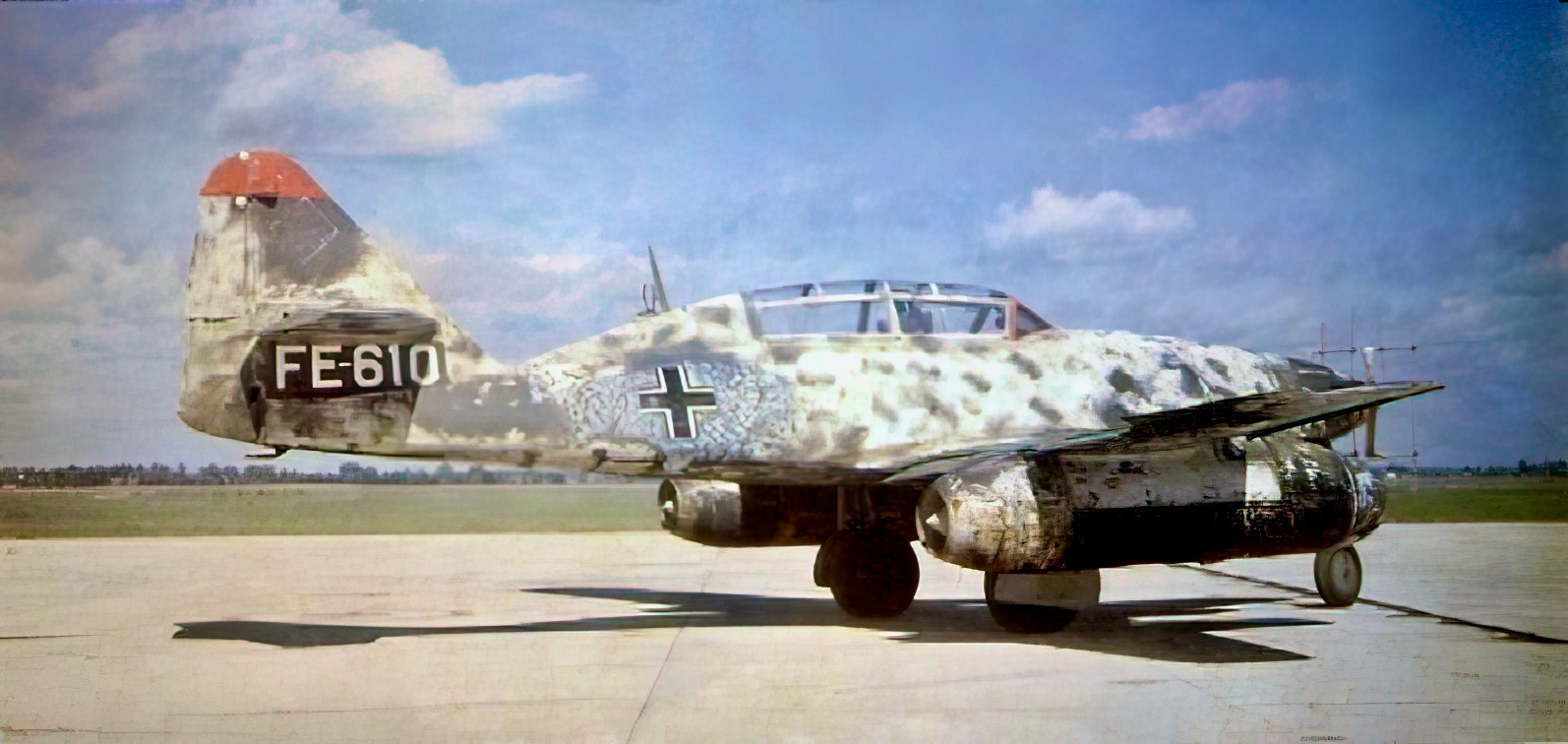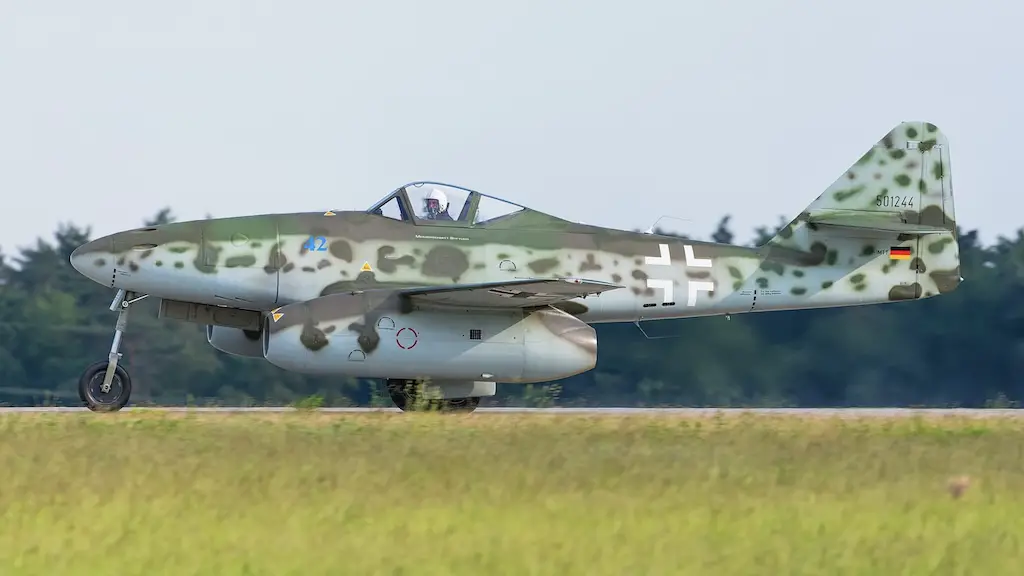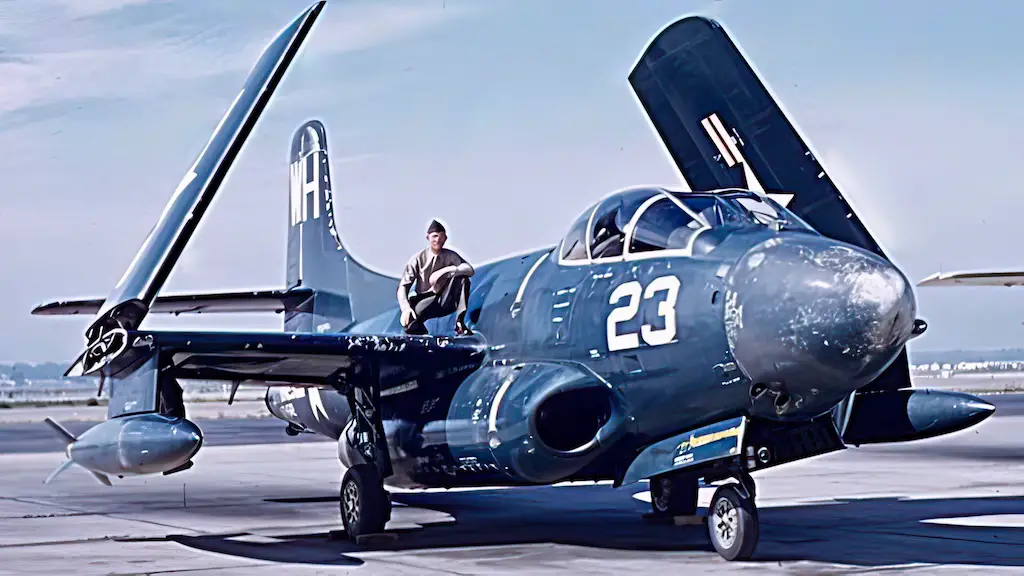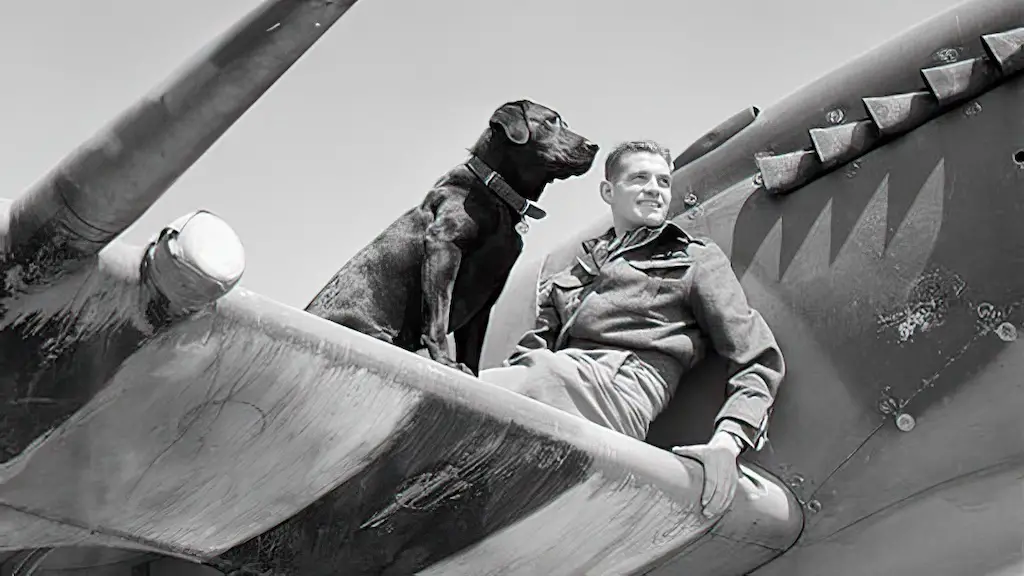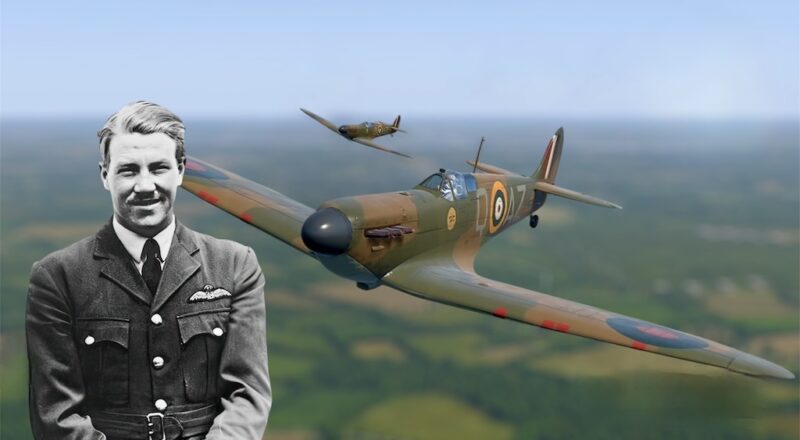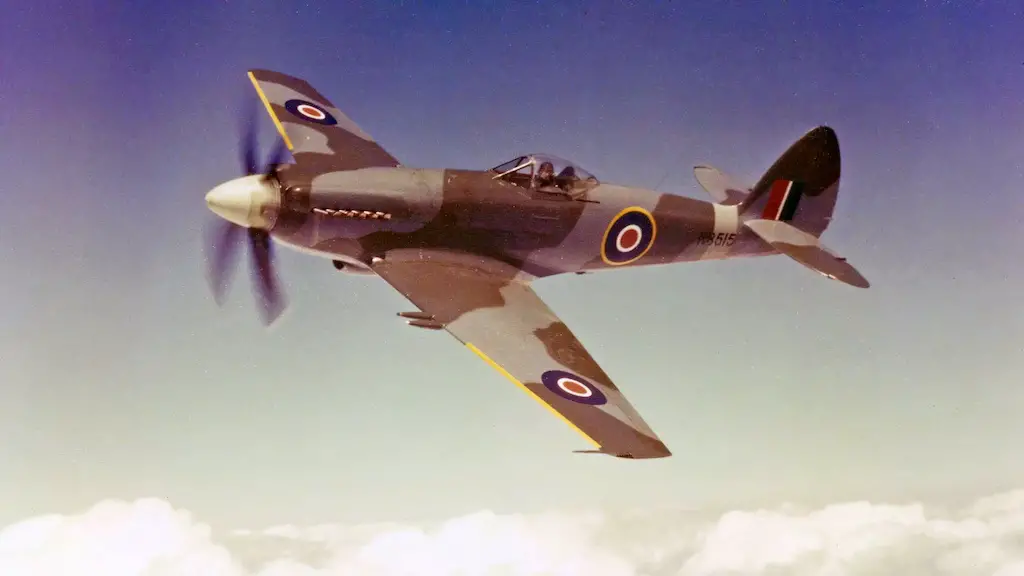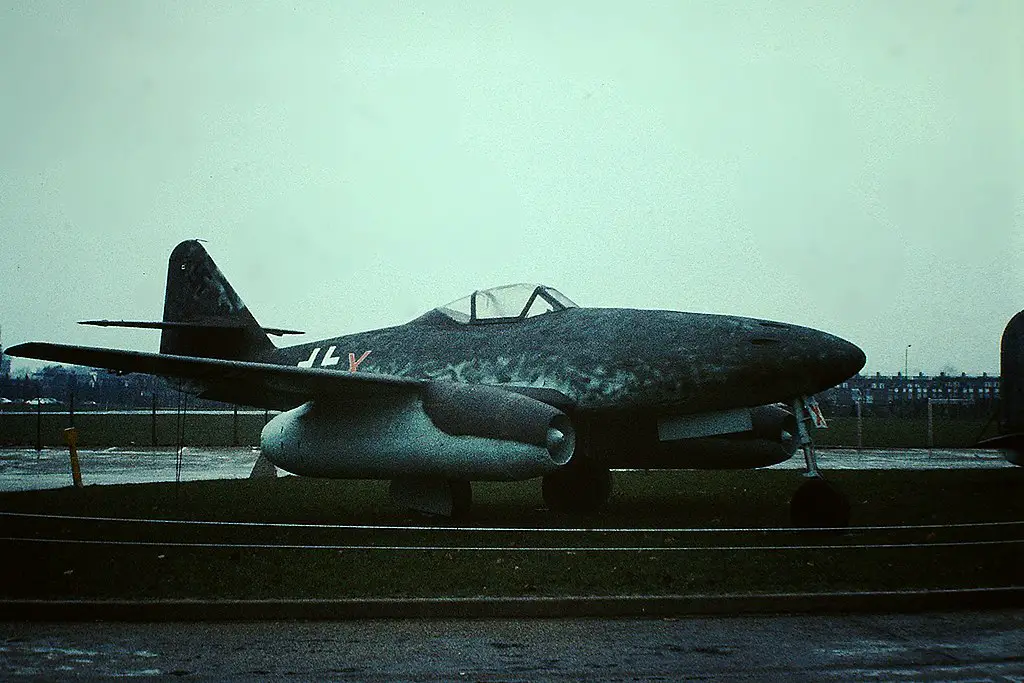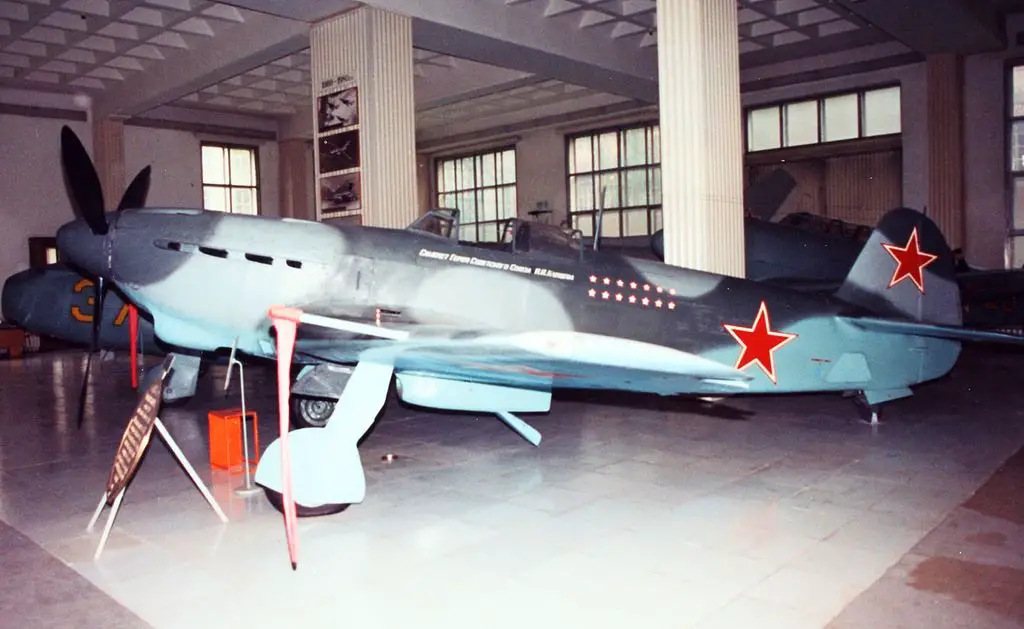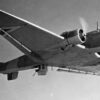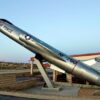The Messerschmitt Me-262 marks a defining chapter in the annals of aviation history. As the world’s first operational jet fighter, this aircraft represented a monumental leap in aerial warfare technology during World War II. Its entry into the war was a moment of significant advancement, yet it arrived too late to have a decisive impact on the conflict. The story of the Me-262 is not only about its groundbreaking technology but also reflects the complex interplay of military strategy, production challenges, and the turbulent circumstances of its era.
The Messerschmitt Me-262 stands as a pivotal moment in aviation history, being the world’s first operational jet fighter. Its introduction during World War II was a significant technological leap, but its late arrival on the battlefield meant its potential impact was greatly diminished.
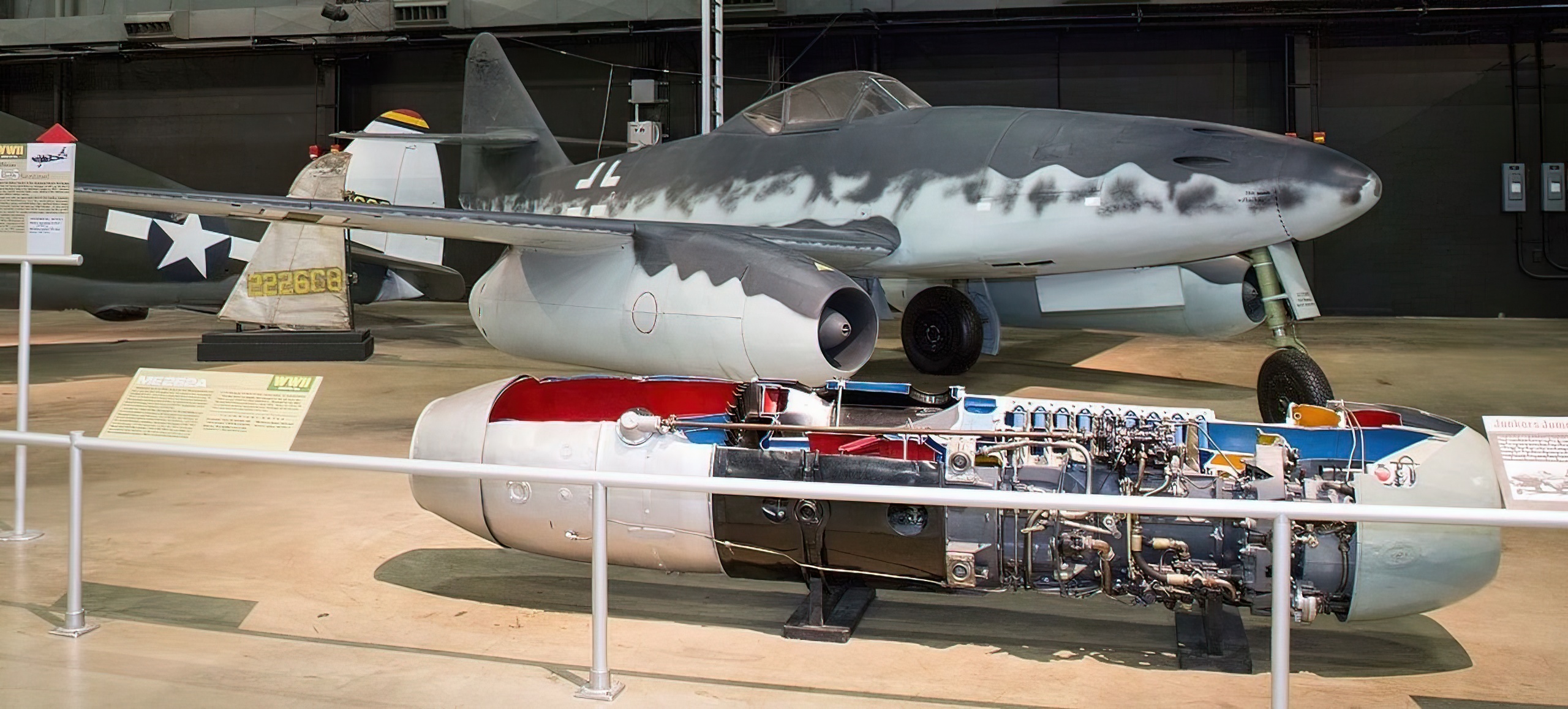
1. The Real Cause of Its Delay
Contrary to popular belief, the German high command’s directive to convert the Me-262 into a fighter-bomber was not the primary cause of its delay. The narrative often points to a pivotal meeting on November 26, 1943, where the leadership envisioned the jet as a tool against an anticipated Allied invasion of France. This decision supposedly shifted the aircraft’s role and delayed its deployment.
However, the truth is more complex. The concept of a fighter-bomber Me-262 had been in consideration well before this meeting. As early as February 1943, there were indications that future fighters should also serve as bombers. Willy Messerschmitt and his team were already exploring various roles for the aircraft, including reconnaissance and training versions.
The real bottleneck was the aircraft’s engine technology. The jet engines, being new and untested, presented significant reliability challenges. These technical difficulties, more than any strategic redirection, hampered the Me-262’s timely introduction into combat.
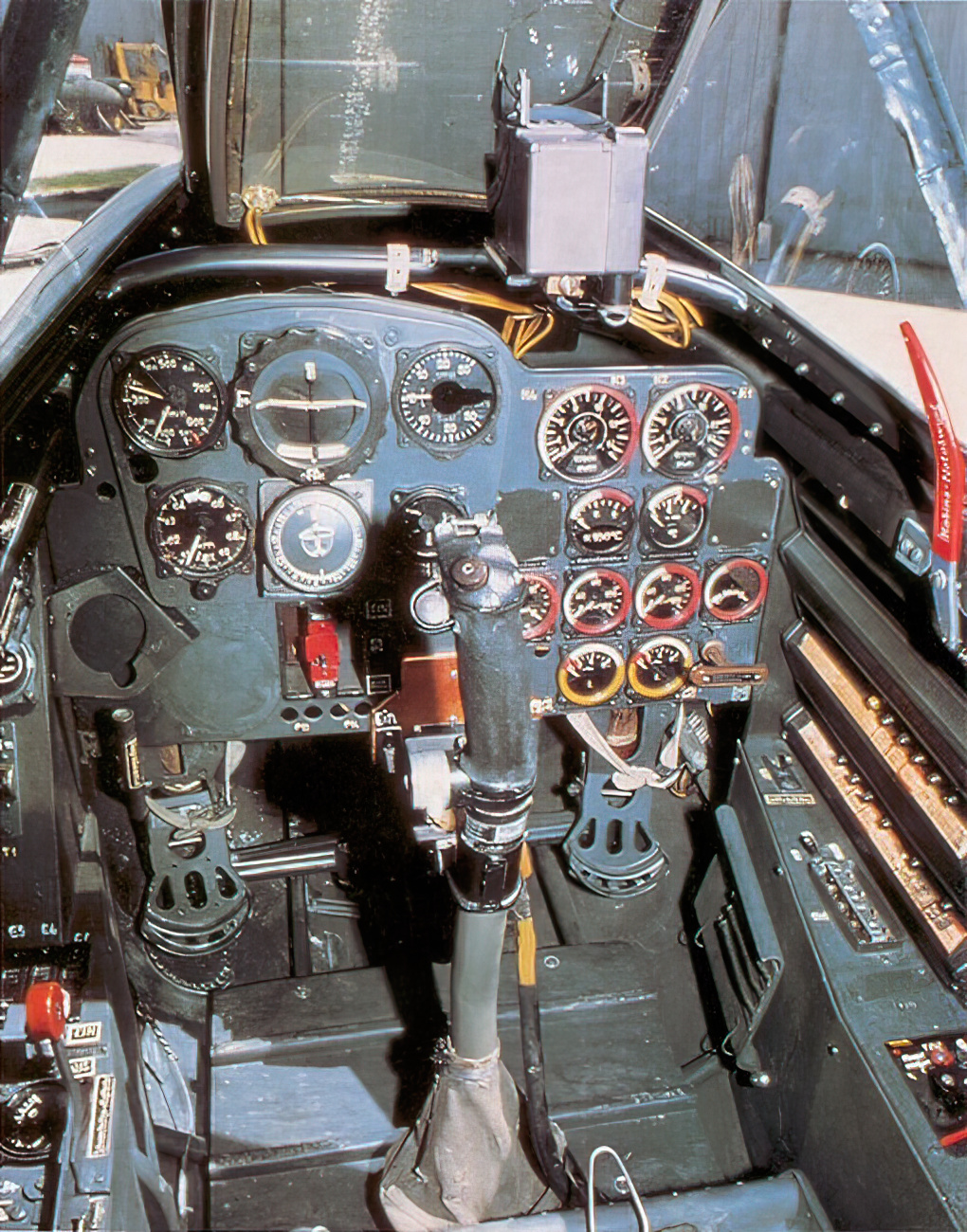
2. The Jet’s First Confrontation
On July 26, 1944, the Me-262 had its first encounter with an enemy aircraft – an RAF Mosquito flown by Flight Lieutenant Albert Wall. The Mosquito, engaged in a reconnaissance mission over Germany, was a formidable adversary due to its high altitude and speed capabilities.
Leutnant Alfred Schreiber, piloting the Me-262, managed to intercept the Mosquito. Although the Mosquito wasn’t shot down, the encounter revealed the Me-262’s potential as an interceptor. This incident demonstrated the jet’s capability to engage high-speed, high-altitude targets, something that traditional propeller-driven fighters struggled with.
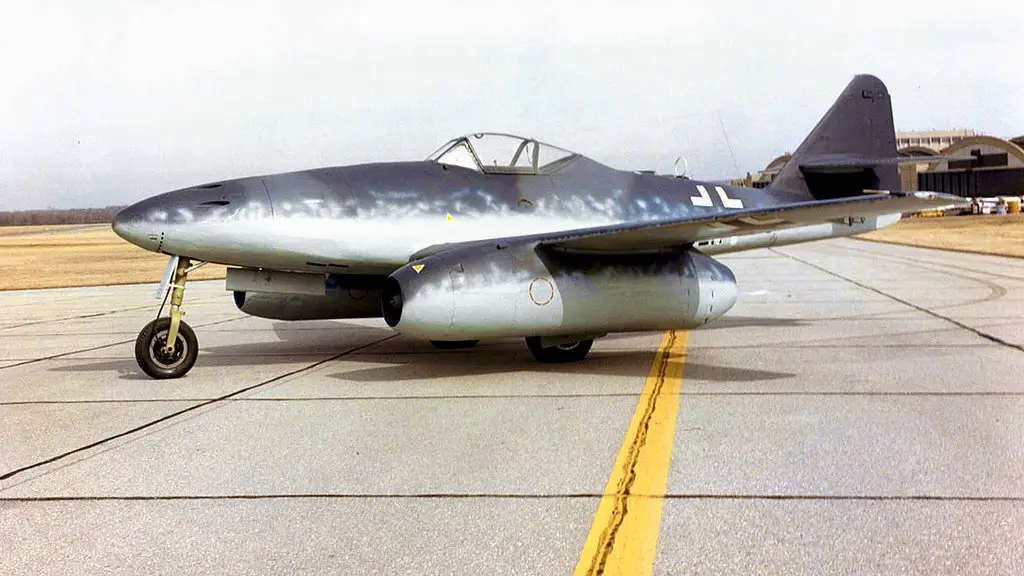
3. A Late War Role
In the closing stages of World War II, the Me-262 found itself operating on both the Western and Eastern Fronts. As the fronts converged, German pilots flying the Me-262 recorded encounters with Soviet aircraft. In one of the final aerial victories claimed by the Luftwaffe, an Me-262 reportedly downed a Soviet Yak-9.
This late-stage deployment showcased the desperation of the German forces. Me-262 pilots were even tasked with strafing Soviet ground forces, a far cry from the aircraft’s initial envisioned role. The shifting fronts and the desperate measures taken illustrate the chaotic nature of the war’s end and the Me-262’s adaptability to various combat scenarios.

4. Production vs. Operational Reality
Despite significant production efforts, only a fraction of the Me-262s ever saw combat. Estimates suggest about 1,500 airframes were produced, but only 250 to 300 were actively used in combat. This discrepancy highlights several issues.
Firstly, the destruction of many airframes by Allied bombing and ground attacks significantly reduced the number of operational jets. Secondly, the Me-262 was a complex machine requiring experienced pilots. The scarcity of two-seat trainers and the challenges in training new pilots under war conditions further limited its deployment. Lastly, the fuel shortage and the lack of safe airspace for training exacerbated these problems, contributing to the aircraft’s limited operational impact.
5. Post-War Service
The Me-262’s story did not end with World War II. Captured examples were extensively tested by the Allies, and intriguingly, Czechoslovakia used the Me-262 in its air force under the designation Avia S-92. Czechoslovakia, having access to production facilities and parts, managed to manufacture a small number of these jets.
Although only a few were built and used operationally, the S-92’s service in Czechoslovakia is a testament to the jet’s enduring appeal and technological significance. The interest from other nations like Yugoslavia and Israel, although not resulting in actual acquisitions, further underscores the aircraft’s intrigue in the immediate post-war period.
